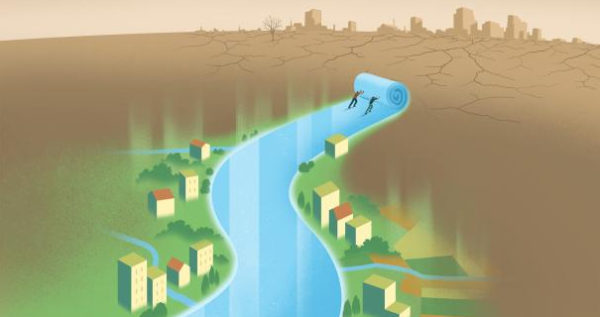Karma garbage shower
All around the Earth, fragments of satellites and other human debris are gravitating in space, they can fall at any moment on the planet, causing catastrophic disaster and polluting even more.
Even though you can’t see space junk in the sky, it is present and sometimes it can enter low Earth orbit. Most space garbage are able to reach speeds of 18,000 miles per hour. They are very harmful when they fall upon the planet because the little pieces are almost seven times faster than a bullet. “It takes an Iridium-Cosmos-type collision to get everyone’s attention. That’s what it boils down to…. And we’re overdue for something like that to happen,” says Donald Kessler, a retired NASA senior scientist for orbital debris research.
Not all the debris are under control, some are more problematic like the ones part of the Long March 5B rocket that recently launched China’s first module. A large piece which was out of control, weighing several tonnes, crashed down in the Indian ocean near the Maldives’s 1,192 islands.
On top of that, it is impossible to detect where the little pieces that don’t burn up in the atmosphere had land. It can have serious impacts on population and nature’s health. The Lives of several astronauts going to space could be endangered even more, because of the levitating garbage of rockets and satellites.
Gravitating around the planet is LEO, an orbital graveyard containing the majority of the junk dumped in space. It is viewed as one of the world’s largest garbage dumps. It is very expensive to take out the trash from LEO because the problem is gigantic. There are around 6,000 tons of materials in low Earth orbit. “Finding ways to remove at least some of all that space junk should be a top global priority,” says Donald Kessler.






